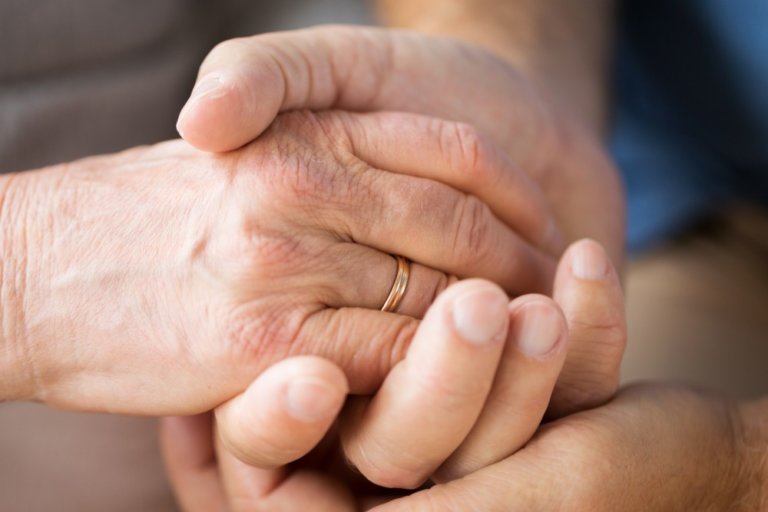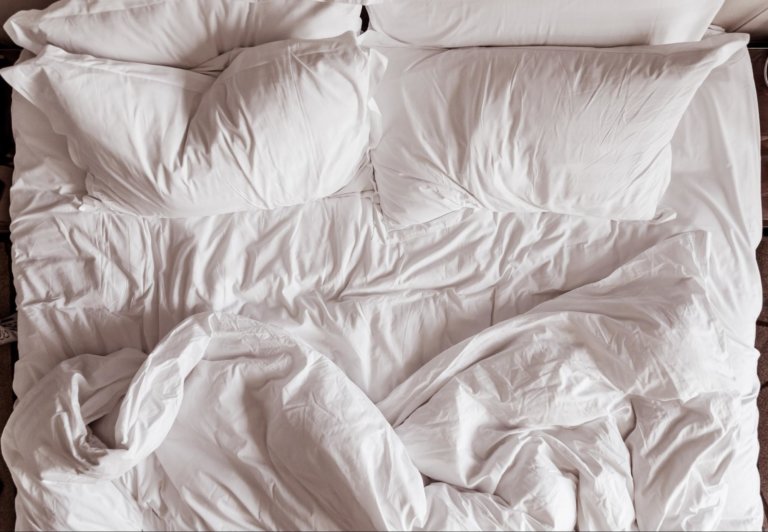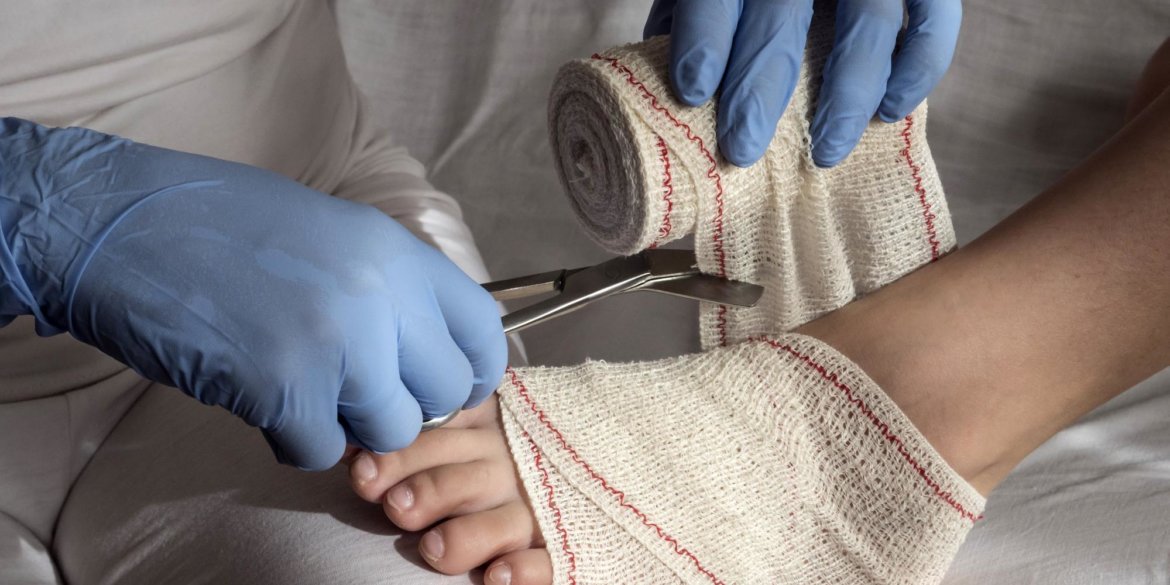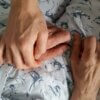Pressure Ulcer is a common occurrence among patients who are bed-bound or immobile. If you are a caregiver caring for a loved one who has pressure ulcers, you might want find out how you can manage the pressure ulcer wound and prevent it from deteriorating. Prevention is the key to ensure that your loved one does not develop another pressure ulcer wound. Read on to find out how to care for your loved ones wound properly and how you can get a change of wound dressing in the comfort of your home.
Stages of Pressure Ulcer
Pressure ulcer wound is a concentrated area where the soft tissues of the body is damaged due to the compression of a bony surface and an external surface for a prolonged period of time.

Source: HealthSaver
Stage 1 | Redness
There is a concentrated area of redness on a pigmented/discoloured skin. The skin might appear as blue or black.
Stage 2 | Partial Thickness Skin Loss
There is partial skin loss on the surface of the wound – usually involves the epidermis layer (outermost layer of the skin). The ulcer is considered as superficial and looks like a abrasion, crater or blister type of wound.
Stage 3 | Full Thickness Skin Loss
Full thickness skin loss usually consists of damage to the subcutaneous tissues (innermost layer of the skin). The subcutaneous tissues act as a protective layer for our muscles and bones.
Stage 4 | Cavity
At this stage, patient will suffer from full thickness skin loss with tissue necrosis (dead tissues) to the underlying bone, tendons and joint capsules.
How to Care for Your Pressure Ulcer Wound

Pressure Ulcer wounds that are in stage 3 or 4 requires medical professionals to clean them. Ensure that you have seek help from your doctor or nurse on the best way to clean, care and manage your loved one’s wound. If your loved one has a stage 1 or 2 pressure ulcer, here are some basic wound cleaning and dressing steps that you can refer to.
- Ensure hands are washed thoroughly before commencing wound dressing.
- Loosen patient’s dressing. After loosening patient’s dressing, wash hands again.
- Open the clean dressing set. Hands should be washed again after opening the set.
- Dry hands using the hand towel from the dressing set.
- Use the disinfected forceps without touching the ends of it that hold the gauze.
- Pour recommended amount of cleansing solution on the gauze.
- Use the forceps to pick up the old dressing. If the old dressing is dry, soak the dressing with saline water before proceeding.
- Use only 1 gauze for every stroke of cleansing and throw the gauze after each use.
- Observe the gauze for any blood, pus and odour. Check the colour of the blood and pus as well.
- Observe the wound size and depth of the wound.
- Apply dressing to the wound.
- Secure the dressing with adhesive tape.
- Throw all dressing products wrapped in a plastic bag into the bin.
- Inform your nurse/doctor if the patient is experiencing fever, excessive pus, blood, odour or experiencing pain.
Relieve Pressure

It is important to relieve pressure off the wound. Use air mattresses, foam cushions and special pillows that are made to relieve pressure. If your loved one is bed-bound, try to change his/her position every 2 hours, if he/she is wheel-chair bound, try to change his/her position every 15 mins. This is to relieve pressure off the wound and allow it to heal properly.
How Jaga-Me Can Help

Pressure ulcers wound that are in stage 3 or 4 requires professional medical help, you can find out more about our wound dressing services here. We provide medical care in the comfort of your home, find out more about our wound care services here.




